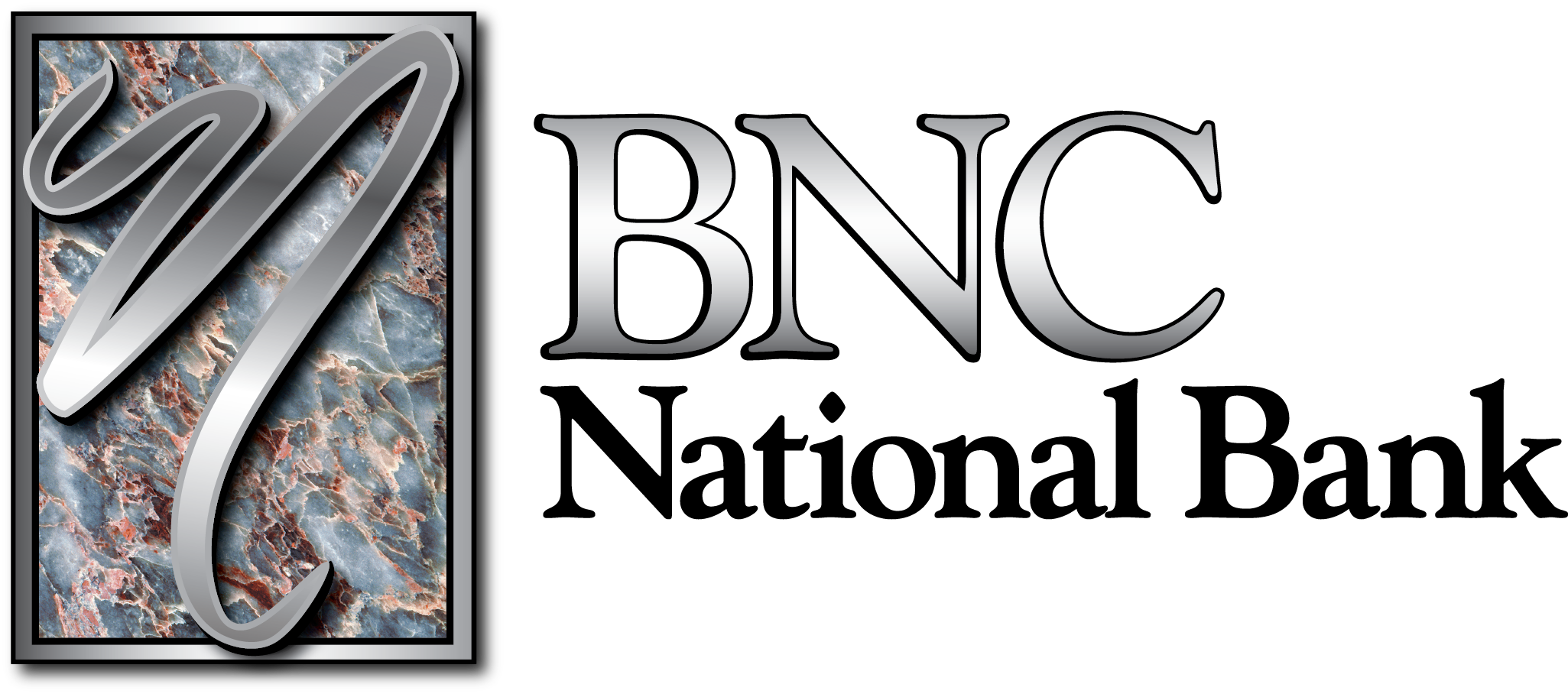How nice would it be if you could open your banking app on the first of the month and see every dollar already assigned to a job—groceries, the August electric bill, next winter’s new tires, even the “just-in-case” fund—so you can focus on living, not worrying?
You may or may not want or need that level of planning, but clarity is the heart of financial health.
When asked, our team usually recommends four foundational steps to help people move from “getting by” to genuinely feeling in command of their finances. These steps include:
- Tracking and managing spending with a budget that reflects real-life costs.
- Building an emergency fund that shields you from surprises.
- Reducing high-interest balances and creating a plan for paying off debt.
- Using digital banking tools to automate good habits and keep goals front and center.
Master these steps and you turn everyday income into long-term stability—no financial gymnastics required. Here’s everything you need to know.
Step 1: Learn How to Budget and Track Every Dollar
Effective budgeting doesn’t need to be complicated. Start by pulling in your sources of income, then list your essentials (e.g., rent, food, savings) versus “nice-to-haves” (e.g., entertainment, travel).
Pro tip: When possible, factor in regional or even seasonal realities. For example:
- If you live in or near Glendale, Arizona, summer power bills can jump significantly when temperatures hover above 110°F. Plan ahead by averaging last year’s June-August statements.
- If you live in or near Bismarck, North Dakota, sub-zero nights might add an unexpected furnace tune-up or higher natural-gas costs each winter. Build a small cushion now to avoid mid-winter sticker shock.
Choose a budgeting method you’ll stick with, such as an envelope system, a mobile app, or an online banking experience with easy, constant visibility into your spending.
The key is consistency in:
- Categorizing expenses (e.g., housing, utilities, groceries, child care).
- Reviewing expenses during, for example, a recurring 15-minute “money meeting” at month’s end.
- Adjusting quickly—shifting even $25 from dining out to savings can help keep momentum alive!
When you know exactly where your money is going, you gain the data—and the confidence—to redirect it toward bigger goals. That’s the first concrete step toward the financial life you desire.
Step 2: Build an Emergency Fund That Can Handle Real-World Surprises
Picture a February cold snap in Bismarck that cracks your furnace’s heat exchanger, or a July power surge in Glendale that knocks out the A/C.
Repairs like these rarely wait for payday, and they’re the reason every household needs a cash buffer. Start by routing a modest, fixed transfer—something like the cost of one streaming subscription—into a separate savings account you never mix with everyday funds.
Automate it, label the account “Emergencies Only,” and let time do the heavy lifting until you’ve stocked away 3-6 months of essential bills. When that next icy fender-bender or triple-digit utility spike lands, you’ll have money ready and no reason to raid your credit cards.
Step 3: Start (or Continue) Paying Off Debt Without Losing Momentum
The faster high-interest balances disappear, the healthier your finances become. Using a debt repayment strategy that matches your mindset and cash flow will help, as will:
- Inventorying every balance. List each debt, its rate, and the minimum payment so you know exactly what you’re up against.
- Picking a payoff style. An avalanche style erases the costliest rate first, whereas a snowball style wipes out the smallest balance for an early win.
- Automating extra payments. Schedule transfers the day after payday so progress happens before you can spend the cash.
- Consolidating when it saves money. A lower-rate personal loan or balance transfer can shrink interest and simplify due dates.
- Adjusting when income changes. Side-hustle earnings, bonuses, or tax refunds become fuel to accelerate the plan.
With each balance that disappears, you free up cash to grow savings, invest, or simply breathe easier.
Step 4: Leverage Digital Banking Tools to Build Financial Health on Autopilot
What if your savings grew while you were busy living your life?
With the right digital banking tools and transparent, accessible financial information, that can happen. BNC National Bank’s online and mobile banking platform gives you ways to make smart habits automatic so progress continues, even when you’re focused on everything else.
Here’s how our customers, neighbors, and friends use these tools every day:
- They auto-transfer from paychecks to savings. Schedule a recurring transfer right after payday to build an emergency fund or holiday budget without even thinking about it!
- They set balance alerts. Avoid surprises by knowing exactly when deposits land or when an account dips below a custom threshold.
- They track spending in real time. Use built-in insights to spot trends and make small course corrections that stick.
- They deposit checks on the go. This is just a nice benefit, but it means there’s no need to plan a whole day around a bank visit!
- They can instantly lock or unlock their cards. Take action in seconds if a card gets misplaced or suspicious account activity is detected.
Ready to Build Better Financial Health and Habits?
Financial health is personal, practical, and deeply tied to the way you live each day. At BNC National Bank, our team is here to help you take ownership of your money with tools, support, and local insight you can trust.
Whether you’re starting your first budget, looking for better ways to manage debt, or simply aiming to feel more in control of your everyday finances, we’re ready to meet you where you are—and help you move forward with clarity and confidence.
Let’s take the first step together. Explore BNC National Bank’s online tools or reach out today to talk through your goals with a banker who understands what financial wellness looks like in your community.




